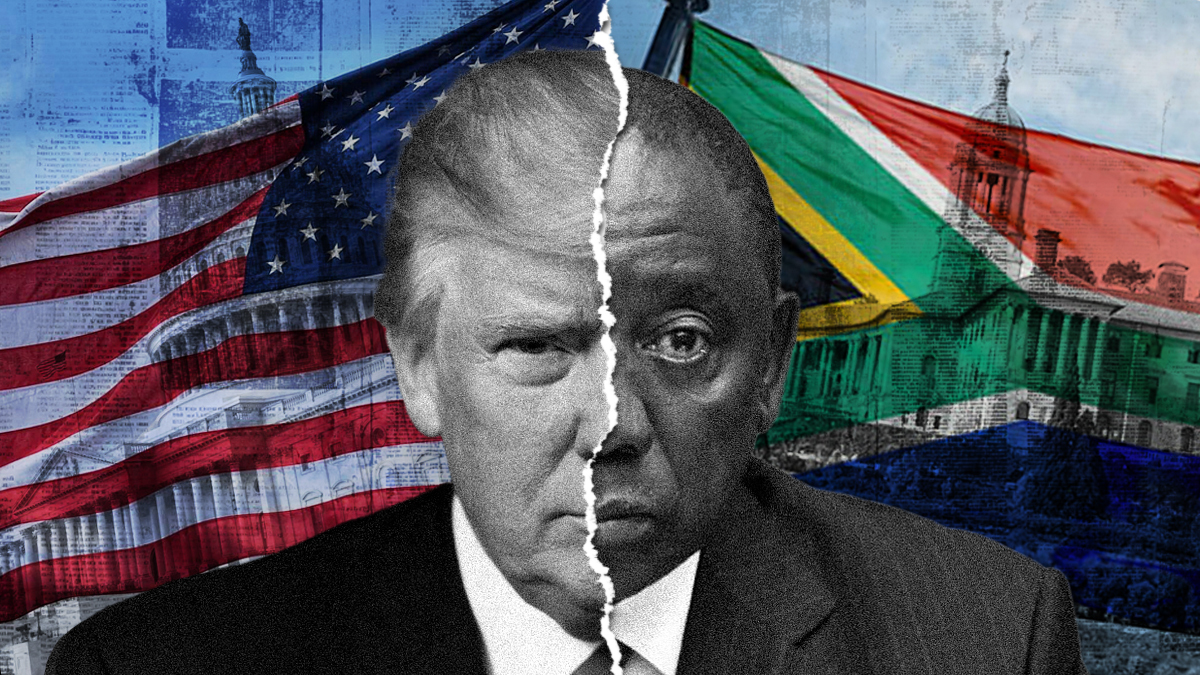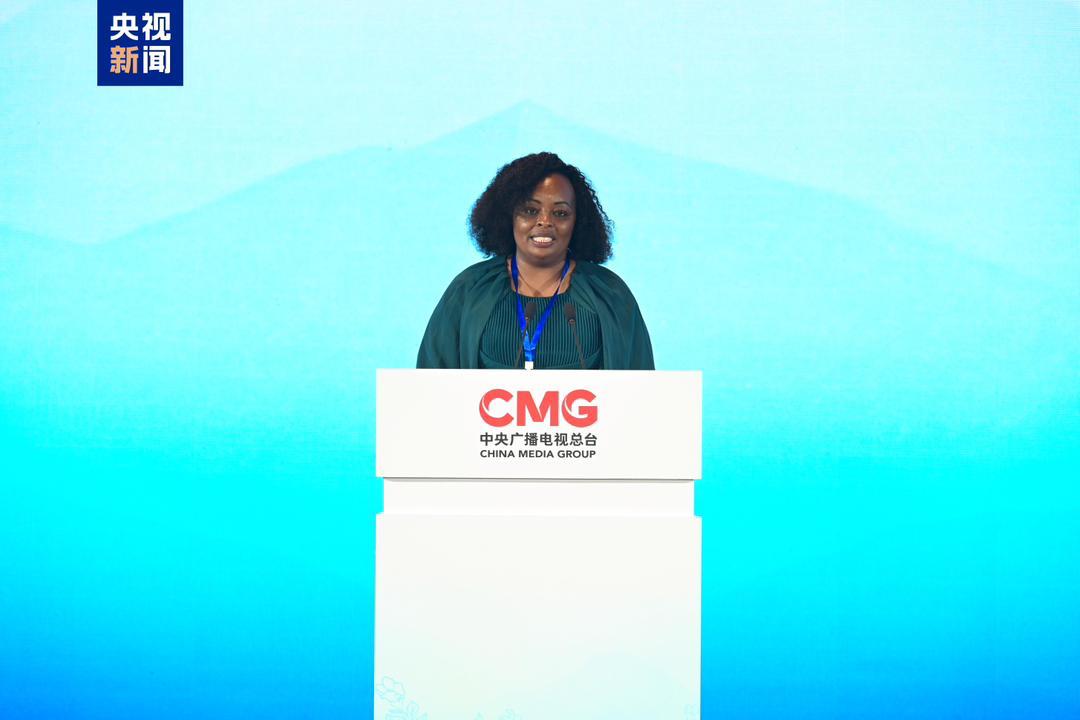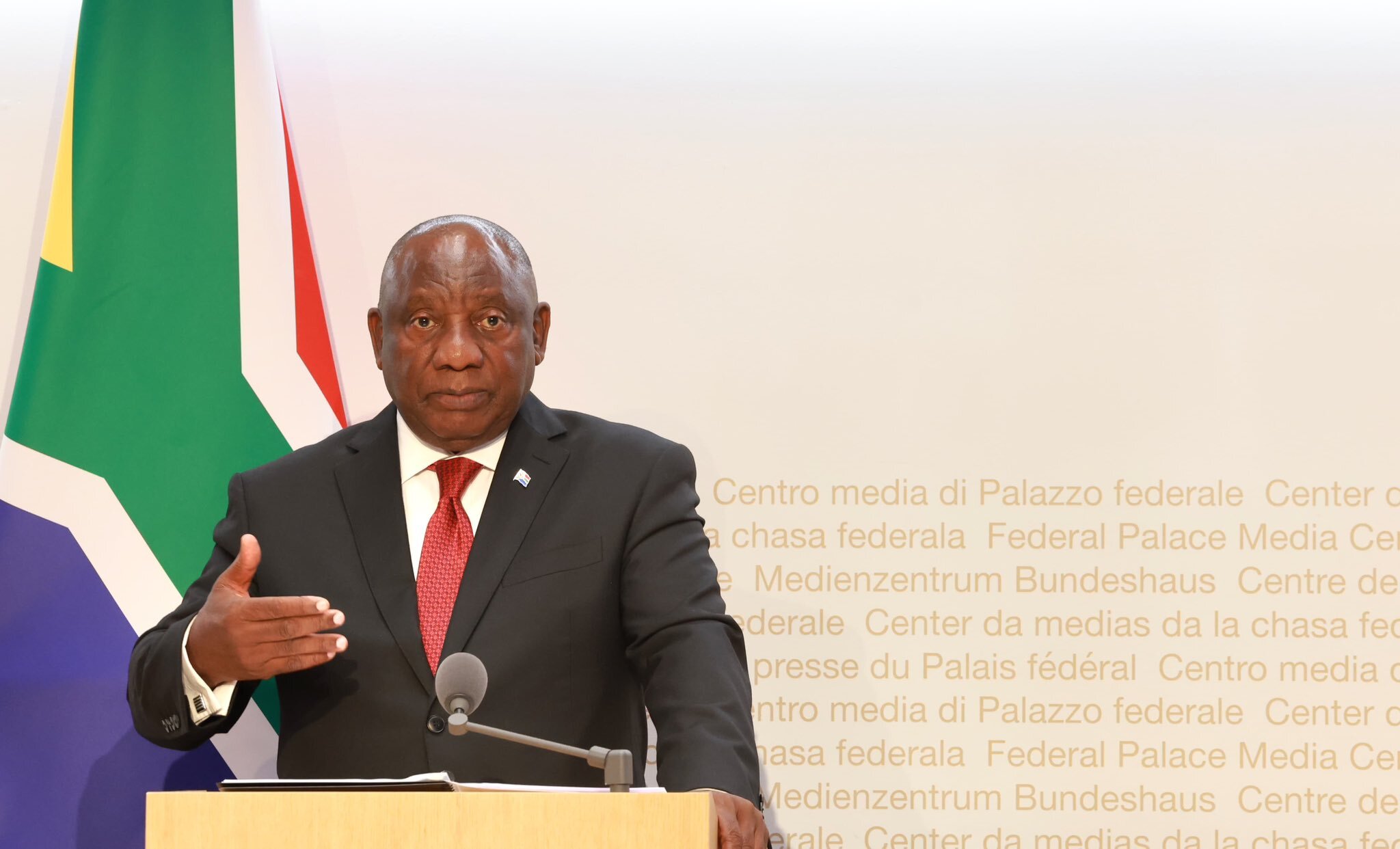“Summer bodies are made in winter!”
This is the popular chant across the globe, particularly at the start of the winter season. But in South Africa, this seasonal motivation underscores deep inequalities in access to health and fitness resources.
The South African Medical Research Council (SAMRC), a mere two months ago, reported that our national health crisis has been seriously intensifying. Beyond the national quadruple-burden of diseases, infections, trauma, maternal and child health, and much more, the ever-growing hypertension (high blood) epidemic in SA seeks to push us over the edge.
SAMRC reported that across the nation, hypertension affects 48% of women and 34% of men. In fact, there is a rising prevalence of childhood hypertension, which is often directly linked to early life exposure, and increased rates of obesity.

The Heart and Stroke Foundation of South Africa also reported that the lifestyles of most South Africans are steadily becoming unhealthier, with 68% of women and 31% of men being found overweight or obese, and 45% of all adults found to be suffering from high blood pressure.
While social media pushes a global narrative of self-improvement – particularly toward females – through incessant gym routines, eccentric diet trends, and quickly wellness trends, the reality for many South Africans is that there is a rampant lack of basic infrastructure to support even minimal physical activity.
In lower-income communities, there are few safe public spaces to exercise, limited access to nutritious food, and a lack of affordable gyms or fitness programs. In fact, in the past year alone, netizens everywhere have shone a deplorable light on the proliferation of fake foods filled with colorants, flavourings and preservatives that worsen health.

This has resulted in the spread of the chilling notion: “It is more expensive to eat healthy.” And this has not only been explored socially, but also academically. It has been found that, in our contemporary era, healthy food is usually twice as expensive as less healthy food. This means that many people do not even have the finances to access healthy food, or to follow stringent dietary guidelines.
This has all created a sharp divide where fitness is not just a personal goal but a privilege, shaped by income, geography, and education.
The fitness industry in South Africa mirrors broader social injustices. It thrives in affluent suburbs while neglecting the townships and rural areas, where health issues related to inactivity and resource constraints are on the rise.

Although addressing these challenges remains sidelined, even in the days of the commercialised “summer body”, there remains an increasing engagement with the health and fitness of Africans everywhere. News organisations, and even television shows like “Lose it or Lose Me”, “Biggest Loser”, “Bootcamp Mzansi”, and so many more, have spotlighted a proclivity to obesity and unhealthiness in our society.
Fitness, as a lifestyle, has certainly been whitewashed into commercialisation. Beyond the widely-known impositions of the beauty industry, there has been too much of a focus on the aesthetic and consumerisms of fitness lifestyles, rather than the enhancement and actioning of fitness in one’s lifestyle.
At the beginning of this year, IPSOS South Africa found that an overwhelming 92% of the nation believes in the importance of physical activity, as well as nutrition as a key factor in maintaining good health. It further showed that a whopping 83% of the nation seeks out additional knowledge about their health, rather than relying solely on doctors’ advice. This ultimately concluded that South Africans are predominantly “health-conscious, proactive, and optimistic about their future well-being.”

Furthermore, the vast majority of South African youths partake in some sort of physical hobby or activity on a weekly basis. According to Science Direct, vigorous physical activity was significantly higher among individuals aged 15 to 19 years old. In addition to this, our national Constitution stipulates in the South African Schools Act 84 of 1996, that all schools are to provide sport lessons for pupils “irrespective of ability, across all schools in an age appropriate and/or grade appropriate way, based on the principle of equity and access”.
Additionally, countless higher education students obtain full scholarships from their sports skills. This is a common aspiration in nations such as the US, and the UK, and has the potential to drive social and economic development in SA – a nation filled with soccer and rugby enthusiasts.
As such, physical activity is a vital aspect of our formative years, and is not only recognised – but also proven – as a key trait in building a successful society.

For adults, being physically active is adversely impacted because so many jobs are pedantic. Staying seated for hours on end is extremely detrimental to our overall health. In fact, the popular saying – “sitting is the new smoking” – is not to be taken lightly. This is not some arbitrary phrase pertaining to laziness. It is a fact that is painfully exposing the effects of stagnancy on our bodies.
Rampant inactivity such as sitting – whether at a desk, in a car, or in front of a screen for leisure time – creates health risks comparable to those caused by smoking. In fact, the Tri-City Medical Centre stated that, over an extended period of time, “sitting is actually more dangerous than smoking, is killing more people than HIV, and is more treacherous than parachuting. We are sitting ourselves to death,” declared James A. Levine, MD, PhD.
Although there are many that are actively seeking out better, healthier, more active lifestyles; there are still many who are forced to partake in strenuous physical activity – not out of choice. Millions of those who depend on public transport in their daily lives are amongst those who oftentimes partake in more physical activity as walking or even running become a requirement.

In fact, according to Statista, a huge segment of the population – over 7.8 million people to be exact – are in the informal job sector, and often travel extreme distances to and from their homes, hauling heaps of goods and supplies by hand. Furthermore, many of them are elderly people who become physically strained and injured over an extended period of time, yet are heavily dependent on that particular stream of income. Ultimately, this leaves so many stuck in a painstaking cycle, sacrificing their own physical health for the survival of their families.
According to Stats SA’s National Household Travel Survey 2020, about 17.4 million South Africans walked all the way to their destination daily. Additionally, according to the Road Travel Report South Africa, there is a very high rate – approximately 41% – of pedestrian involvement in road fatalities across the nation. This is devastating, and speaks to a larger issue of public safety.
The average user of public transport will often need to use multiple forms of transport, such as a bus and two more taxis, or a train, and two buses thereafter. Navigating the public transport system on a daily basis is certainly easier said-than-done. It can be especially arduous in the winter season, when the days are plagued by heavy rains, flooded roads and extreme winds.

From elderly people walking extreme distances to their closest clinic, to school children crossing expansive fields and train tracks just to attend school, to workers commuting on foot for kilometres because they simply cannot afford public transportation cost – these are not inspiring examples of the average south Africa’s physical fitness, they are a stark reminder of daily injustices hiding in plain sight. This highlights that, in fact, there are countless people in our society who are not choosing physical activity for wellness or enjoyment, but rather, are painstakingly enduring it because of the systems that have failed them.
The elderly walk not to stay agile, but because rural healthcare access is inadequate. Children navigate treacherous, often hazardous paths – not as a form of adventure, but because their communities lack safe schools and school child transportation. Workers journey extensively long distances – not to improve cardiovascular health – but because affordable transit and livable wages remain wholly inaccessible.

When we celebrate movement without context, we risk glorifying struggle. We forget that what is framed as “resilience” is often just survival. Physical activity becomes dangerous when it is borne out of necessity, unsupported by safety measures, and imposed on those with no alternatives.
We must stop equating hardship with health and start building systems where movement is safe, accessible, and—above all—voluntary. We must uphold the delicate balance between keeping physically active, and maintaining structures that seek to aid us in our society.
There have been inspiring feats of fitness in our society, such as the cross country BMX boys who rode from Limpopo to Cape Town a few months ago. This not only shines a light on the urgent need for more inclusive physical fitness programmes in our society, but also calls for a fundamental shift toward building a culture that promotes physical health for all.

We must foster a South Africa where sports, wellness, and movement are accessible, encouraged, and celebrated—not one that continues to physically strain and exclude the already disempowered. As our prolific Springboks Captain Siya Kolisi once said: “We need to make sure that kids from the townships get the same opportunities as kids from the suburbs.” After all, as our father of the nation Nelson Mandela once said: “Sport has the power to change the world; it has the power to inspire; it has the power to unite people in a way that little else does.”










